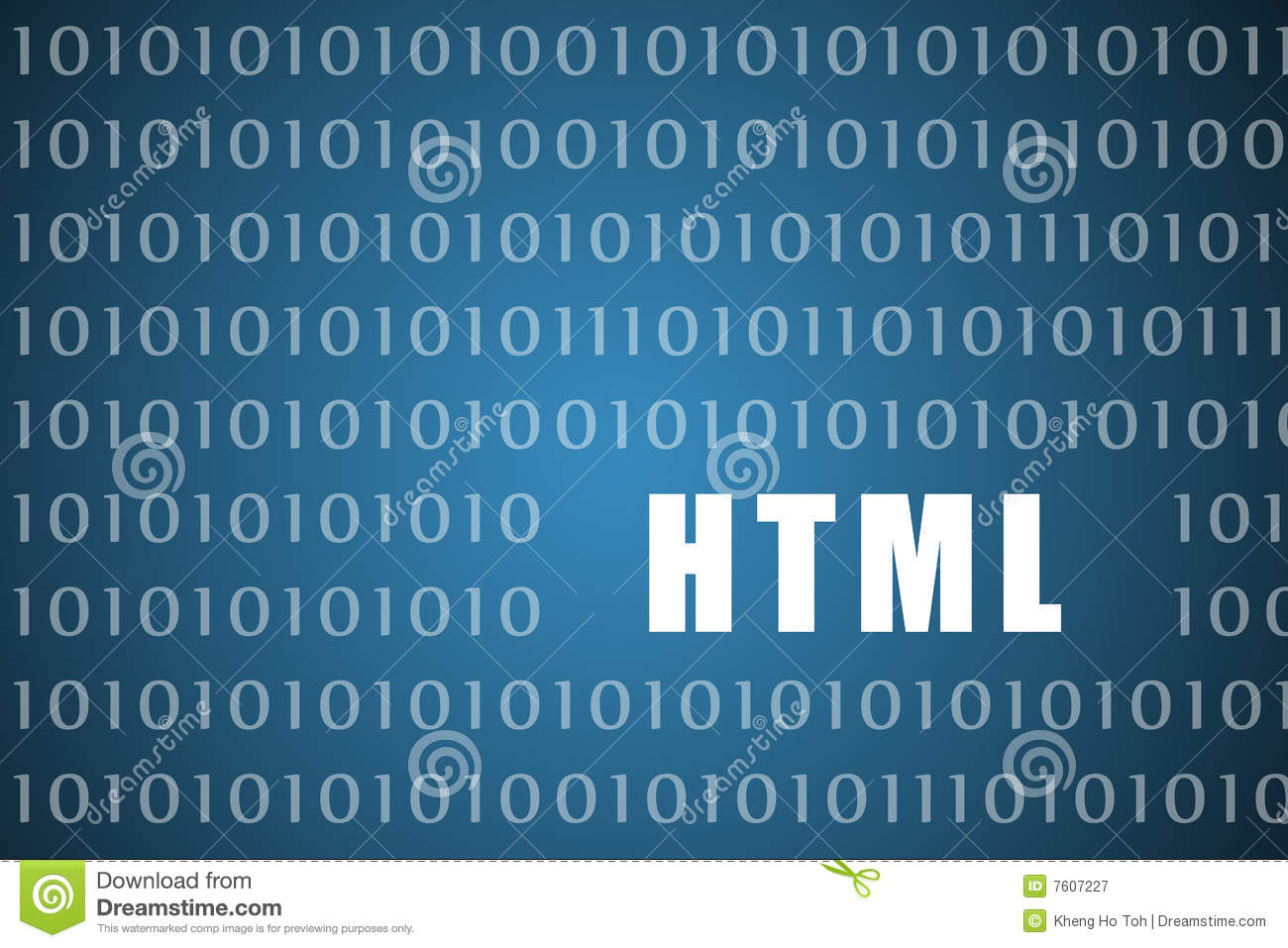Recommended knowledge articles related to element IDs
The difference between the ID and Name attributes of HTML elements suddenly became interesting today. I want to delve into the specific differences between these two attributes. The most classical answer: ID is like a person’s ID number, and Name is like his. Name and ID are obviously unique, while Name can be repeated. Obviously, the answer to ID and Name is too general. Of course, that explanation is completely correct for ID, which is the Identity of the HTML element on the client side. Name is actually much more complicated, because Name has many uses, so it cannot be completely replaced by ID, thus canceling it. The specific uses are: Use 1: As a server-side indicator of HTML elements that can interact with the server, such as input, select, textarea, and button. We can get the value submitted by the element through Request.Params based on its Name on the server side. &
1. The specific difference between the ID and Name attributes of HTML elements

##Introduction: I suddenly got interested today and want to delve into the specific differences between these two attributes. The most classical answer: ID is like a person’s ID number, and Name is like his name. ID is obviously unique. , and Name can be repeated. Obviously, the answer to ID and Name is too general. Of course, that explanation is completely correct for ID, which is the Identity of the HTML element on the client side.
2. Comprehensive analysis of js selector

3.
The difference between the ID and Name attributes of HTML elements is introduced in detail

4.
struts2 Detailed explanation of the use of s:iterator tag
 ##Introduction: Simple demo: There are 3 s:iterator tags Attributes: value: id of the collection being iterated: id status of the element in the specified collection index of the iterated element
##Introduction: Simple demo: There are 3 s:iterator tags Attributes: value: id of the collection being iterated: id status of the element in the specified collection index of the iterated element
5.
How to use the PHP function preg_match_all to test the effect of regular expressions_ PHP tutorialIntroduction: How to use the PHP function preg_match_all to test the effect of regular expressions. The specific usage of the PHP function preg_match_all can be found in the PHP function preg_match_all instance requirements: separate each one. Extract the ID and content of the DIV element, such as biuuu, biuuu_2, biuuu_3, p
6.
The difference between the ID and Name attributes of HTML elements_html/css_WEB-ITnoseIntroduction: The difference between the ID and Name attributes of HTML elements
7.
How to modify the id after cloning the id object in js Element's id valueIntroduction: How to modify the id value of the child element under the id after js clones the id object
##8. How to modify the id value of the child element under the id after js clones the id object
##Introduction: js clones the id object How to modify the id value of the child element under the id. This post was last edited by qq_28513445 on 2015-05-26 23:40:28 9. How to use the PHP function preg_match_all to test the effect of regular expressions Introduction: How to use the PHP function preg_match_all to test the effect of regular expressions. For the specific usage of PHP function preg_match_all, we can ask in the PHP function preg_match_all instance: take out the ID and content of each DIV element, such as biuuu, biuuu_2, biuuu_3, p ##10. The difference between the ID and Name attributes of HTML elements - haozitaotianxia Introduction: The difference between the ID and Name attributes of HTML elements - haozitaotianxia [Related Q&A recommendations]: Is there a way to dynamically execute functions in Javascript (dynamic function names) java collection container Two questions javascript - freemarker custom tags, how to dynamically obtain parameters javascript - Why is the map method of js not for collections? Are elements operated in order? javascript - I need to bind events to tools-rows and output the ID of the clicked element. Why is it sometimes empty?
The above is the detailed content of Recommended knowledge articles related to element IDs. For more information, please follow other related articles on the PHP Chinese website!

Hot AI Tools

Undresser.AI Undress
AI-powered app for creating realistic nude photos

AI Clothes Remover
Online AI tool for removing clothes from photos.

Undress AI Tool
Undress images for free

Clothoff.io
AI clothes remover

AI Hentai Generator
Generate AI Hentai for free.

Hot Article

Hot Tools

Notepad++7.3.1
Easy-to-use and free code editor

SublimeText3 Chinese version
Chinese version, very easy to use

Zend Studio 13.0.1
Powerful PHP integrated development environment

Dreamweaver CS6
Visual web development tools

SublimeText3 Mac version
God-level code editing software (SublimeText3)

Hot Topics
 Difficulty in updating caching of official account web pages: How to avoid the old cache affecting the user experience after version update?
Mar 04, 2025 pm 12:32 PM
Difficulty in updating caching of official account web pages: How to avoid the old cache affecting the user experience after version update?
Mar 04, 2025 pm 12:32 PM
The official account web page update cache, this thing is simple and simple, and it is complicated enough to drink a pot of it. You worked hard to update the official account article, but the user still opened the old version. Who can bear the taste? In this article, let’s take a look at the twists and turns behind this and how to solve this problem gracefully. After reading it, you can easily deal with various caching problems, allowing your users to always experience the freshest content. Let’s talk about the basics first. To put it bluntly, in order to improve access speed, the browser or server stores some static resources (such as pictures, CSS, JS) or page content. Next time you access it, you can directly retrieve it from the cache without having to download it again, and it is naturally fast. But this thing is also a double-edged sword. The new version is online,
 How to efficiently add stroke effects to PNG images on web pages?
Mar 04, 2025 pm 02:39 PM
How to efficiently add stroke effects to PNG images on web pages?
Mar 04, 2025 pm 02:39 PM
This article demonstrates efficient PNG border addition to webpages using CSS. It argues that CSS offers superior performance compared to JavaScript or libraries, detailing how to adjust border width, style, and color for subtle or prominent effect
 How do I use HTML5 form validation attributes to validate user input?
Mar 17, 2025 pm 12:27 PM
How do I use HTML5 form validation attributes to validate user input?
Mar 17, 2025 pm 12:27 PM
The article discusses using HTML5 form validation attributes like required, pattern, min, max, and length limits to validate user input directly in the browser.
 What is the purpose of the <datalist> element?
Mar 21, 2025 pm 12:33 PM
What is the purpose of the <datalist> element?
Mar 21, 2025 pm 12:33 PM
The article discusses the HTML <datalist> element, which enhances forms by providing autocomplete suggestions, improving user experience and reducing errors.Character count: 159
 What is the purpose of the <progress> element?
Mar 21, 2025 pm 12:34 PM
What is the purpose of the <progress> element?
Mar 21, 2025 pm 12:34 PM
The article discusses the HTML <progress> element, its purpose, styling, and differences from the <meter> element. The main focus is on using <progress> for task completion and <meter> for stati
 What are the best practices for cross-browser compatibility in HTML5?
Mar 17, 2025 pm 12:20 PM
What are the best practices for cross-browser compatibility in HTML5?
Mar 17, 2025 pm 12:20 PM
Article discusses best practices for ensuring HTML5 cross-browser compatibility, focusing on feature detection, progressive enhancement, and testing methods.
 What is the purpose of the <meter> element?
Mar 21, 2025 pm 12:35 PM
What is the purpose of the <meter> element?
Mar 21, 2025 pm 12:35 PM
The article discusses the HTML <meter> element, used for displaying scalar or fractional values within a range, and its common applications in web development. It differentiates <meter> from <progress> and ex
 What is the purpose of the <iframe> tag? What are the security considerations when using it?
Mar 20, 2025 pm 06:05 PM
What is the purpose of the <iframe> tag? What are the security considerations when using it?
Mar 20, 2025 pm 06:05 PM
The article discusses the <iframe> tag's purpose in embedding external content into webpages, its common uses, security risks, and alternatives like object tags and APIs.






